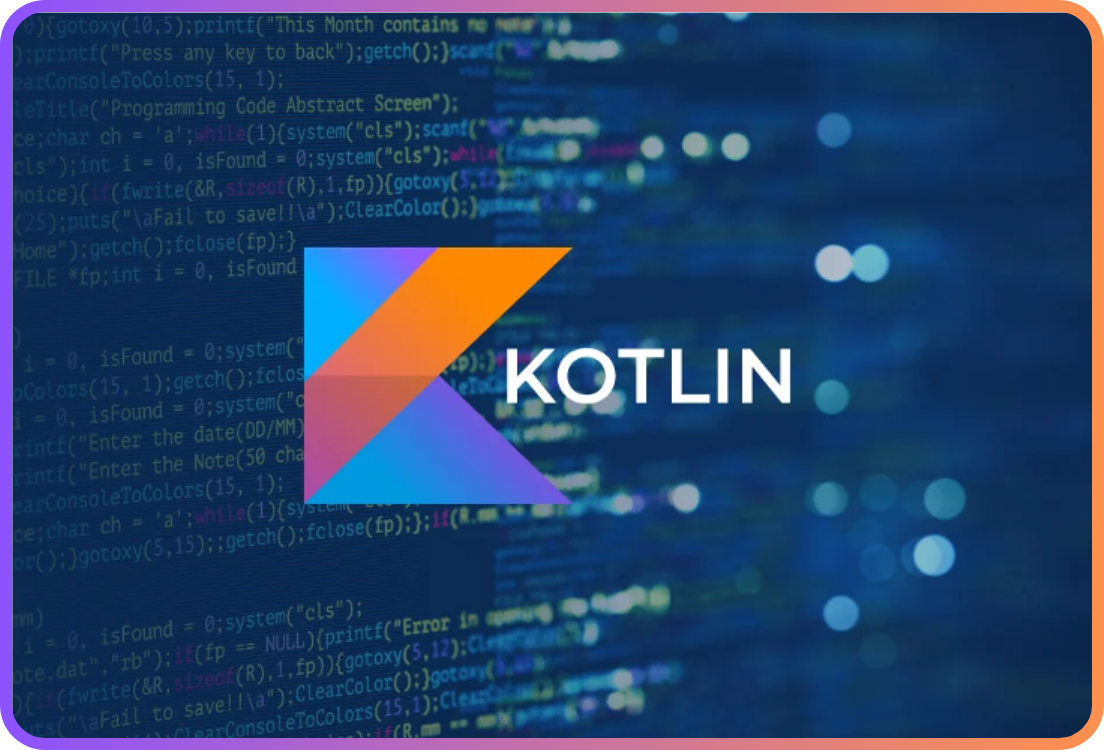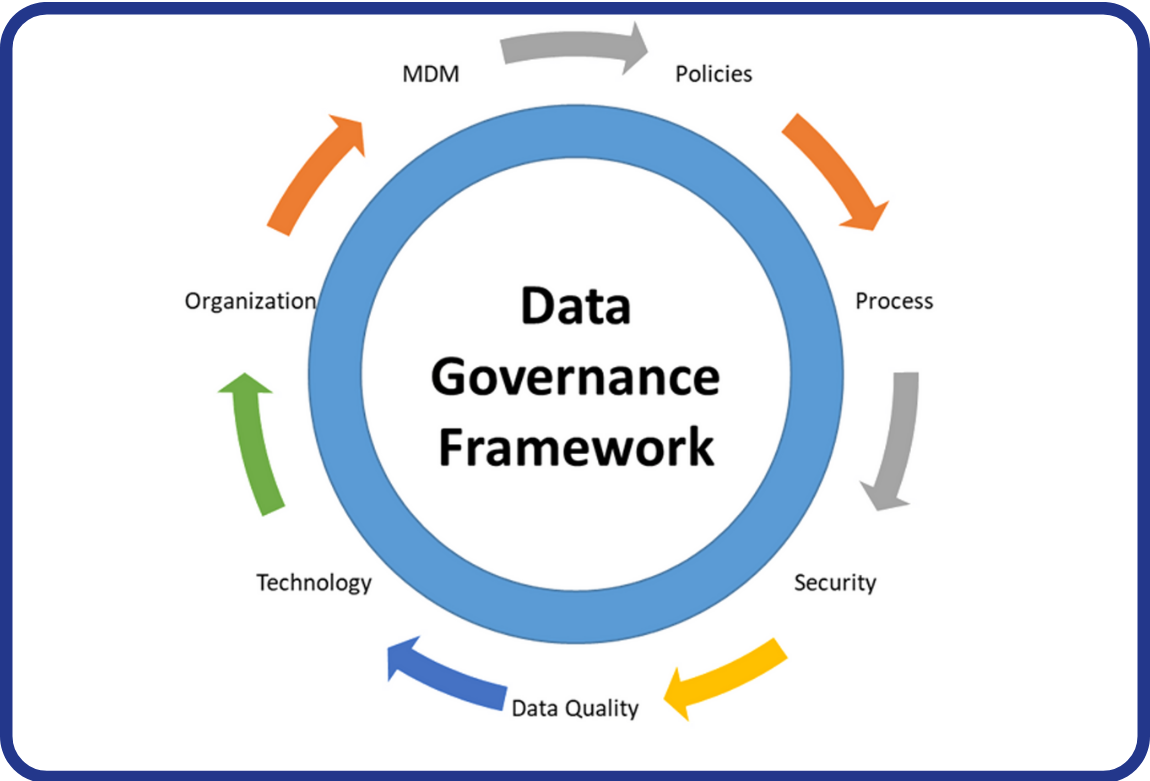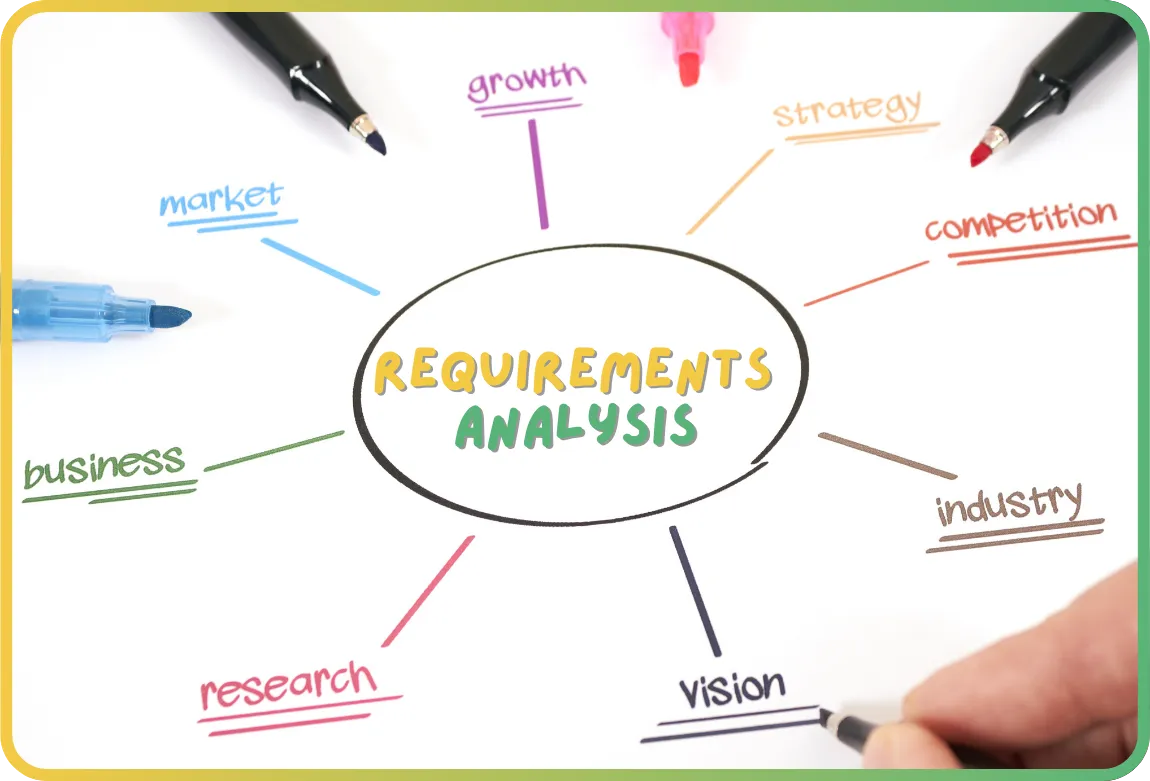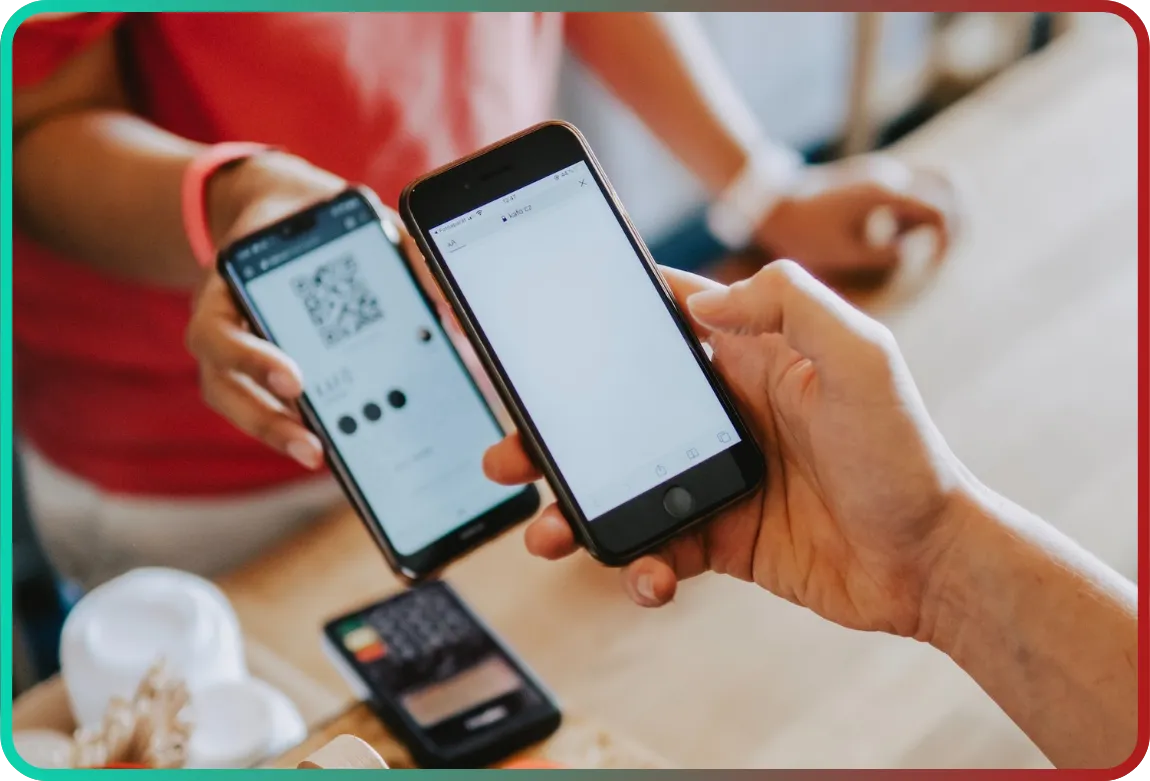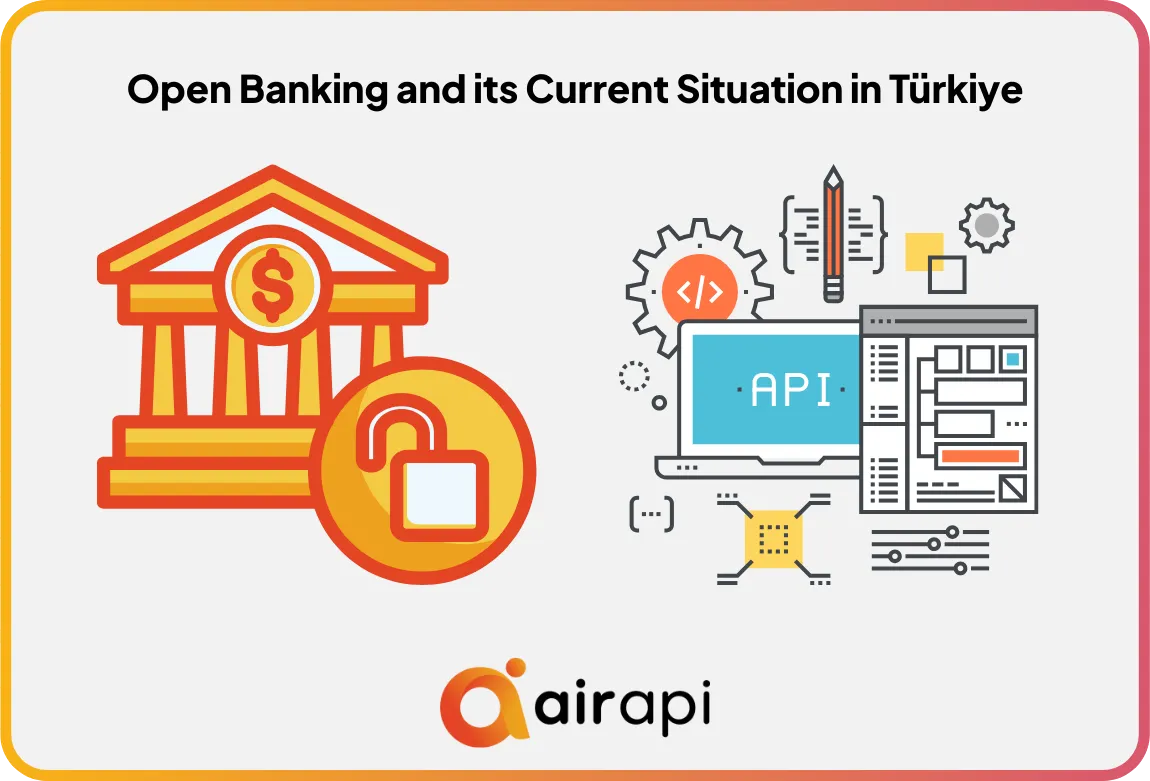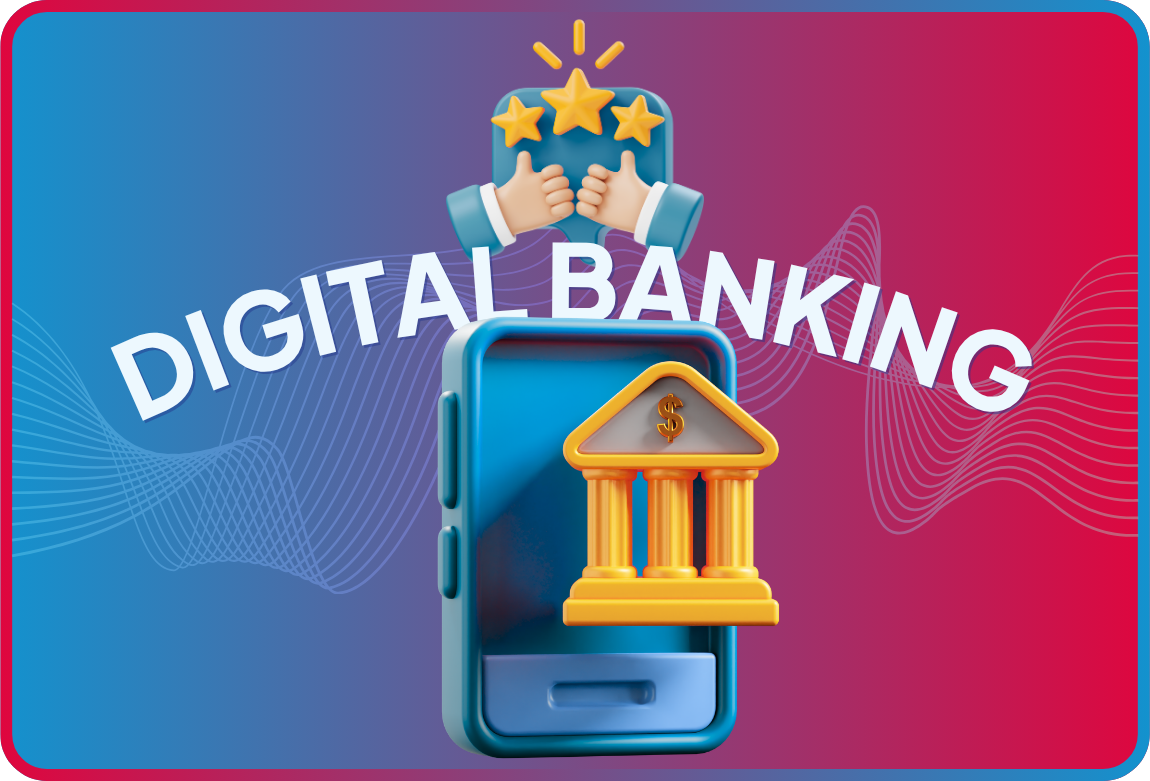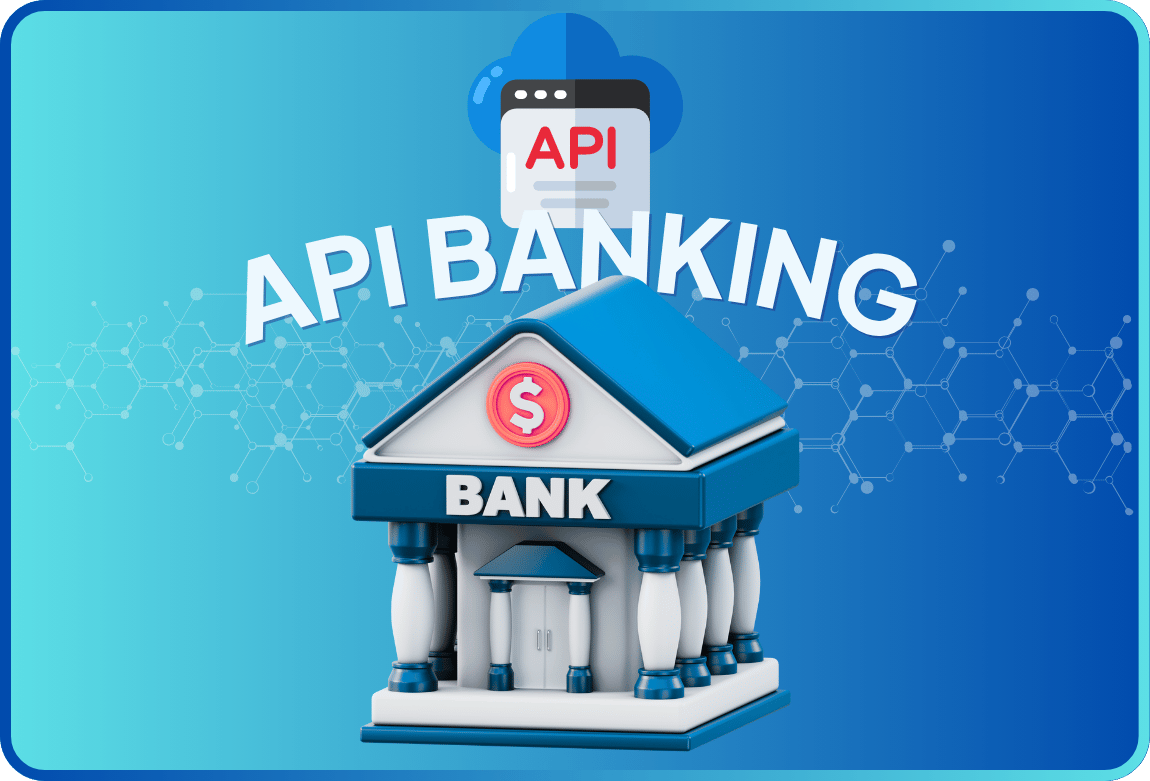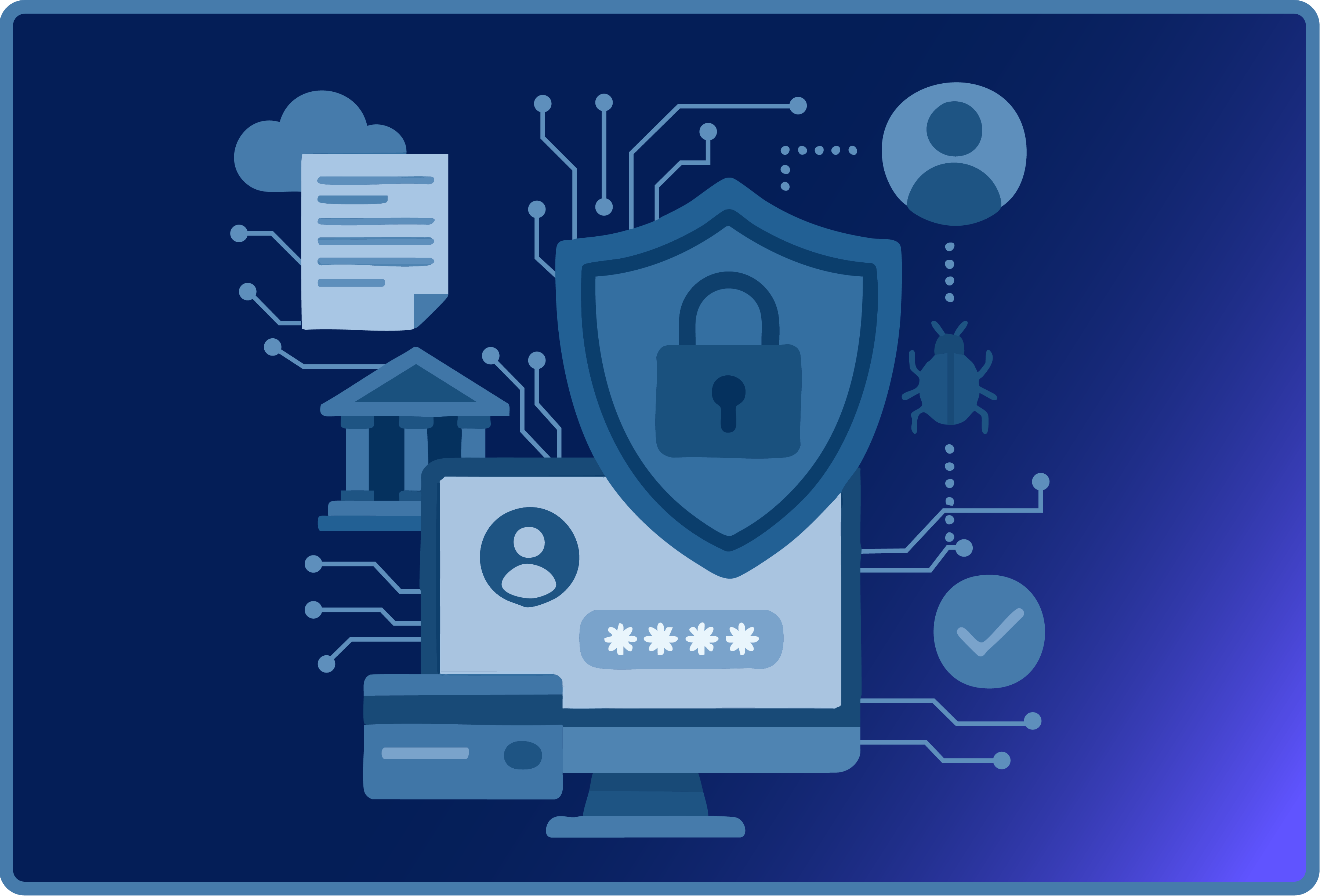
In this article, I will talk about money transfer transaction, which is a part of everyone's life.
If we look at the term money transfer from the user's perspective; The process of sending money from one place to another seems quite simple.
However, there are many parameters such as whether the money transfer will be transferred in TL or foreign currency, whether it will be transferred domestically or abroad, and what the amount will be. According to the answers to all these questions, different systems come into play for this transaction, which seems quite simple from the user's perspective, to ensure that the money reaches the desired location.
I tried to express this simply in Image 1 below, the types of money transfers and the systems used. There will be explanations for each of them later in the article.
Money Transfer Types and Systems

Image 1
Nowadays, everyone has a smartphone, banks, which are among the institutions that mostly mediate money transfers, have a very high digitalization rate, 24/7 access to online channels, and transactions can be made from anywhere without being dependent on branch hours. A large portion of transfer transactions are carried out through digital channels. takes place.
Although banks providing money transfer services try to provide a good experience for users to send money in the easiest way, the existence of more than one method for money transfer and the increase in transactions entering our lives cause confusion, and it can be difficult to remember and understand which transaction does what.
In order for money to be transferred from one place to another, a digital account definition is first needed. Digital account definition can be in different shapes and formats. First, let's look at what these definitions could be. The first one that comes to mind is IBAN.
- How we use accounts?
- 1.1. With IBAN (International Bank Account Number) It is an account number standard that first emerged in the European Union countries to prevent money transfers from being made to wrong account numbers. Due to the benefits it provides, IBAN has been accepted and implemented by some other countries as well as the European Union countries. Some countries have decided to use IBAN in domestic money transfer transactions; Some countries have made the use of IBAN mandatory for money transfers between them and within their borders. IBAN has a maximum of 34 digits within the framework of European Union Standards. As of January 1, 2010, it has become mandatory to use IBAN in domestic interbank money transfers, including EFT, as well as international money transfers. IBAN refers to only one account among all bank accounts in the world; It consists of numbers and letters. Each account has an IBAN, and an IBAN refers to only one account. The first four digits of the IBAN are the two-digit country code and the two-digit check number. The check number indicates whether the IBAN is correct and valid. The next part of the IBAN contains the national bank account number. This section can be freely determined by each country, so that the total length of the IBAN does not exceed 34 digits. Türkiye's IBAN length is determined as 26 digits. The format of Türkiye IBAN is below: Image 2 shows the details of what information the IBAN characters contain.

Image 2
1.2. With Account Number It is a value that can consist of numerical or alphanumeric characters that each bank has created with its own system.
1.3. With QR Code With the development of technology, the creation of a QR code for IBAN has become mandatory by the end of 2021 by BKM in order to facilitate money transfer transactions and to ensure that the transfer occurs faster and with a better experience. While creating a QR code, the amount information to be transferred can also be used and the user who scans such a QR code can proceed quickly.
1.4. With Easy Address Users need to remember complex account numbers and similarly learn their account numbers by logging into a system when asking someone for money. In order for users to have an account number they will not forget, the Easy Address System was also developed by BKM and put into use as of the end of 2020. Easy Address; Instead of your account number (IBAN) to the person you want to send you money or make a payment, it is your information that you can identify through the channels of the institution where you have your account, and which is easier to enter and use. Your accounts phone number, e-mail address, T.R. You can match your ID number, Tax Identification Number, Foreign Identification Number, Passport Number information with your Easy Address and request that the Easy Address information you have determined for your account be used instead of the account number for money transfers. Now, let's briefly get to know the systems that transfer money.
2. Which systems are used in Money Transfers?
EFT Electronic Fund Transfer, or EFT for short, was first launched in Turkey on April 1, 1992, with the introduction of the system within the CBRT, and can be briefly defined as the process of making payments in TL between two different banks. The EFT system in Turkey is a system operated by the Central Bank of the Republic of Turkey, and the system framework is determined by the Turkish Republic. It is regulated by the Banking Law. Intraday transactions can be carried out between 08.30 and 17.30, and the responsibility for the system belongs to the CBRT. Market payments made between banks with each other and the Central Bank, as well as time-critical and high-amount payments related to correspondent services provided to foreign financial institutions, are processed with the principle of real-time gross reconciliation in the EFT component of the CBRT Payment Systems.
What is PÖS (Retail Payment System)?
It was developed and put into operation by the Central Bank in 2012 in order to enable faster, more convenient and effective money transfer. The TL transfer system between customers of the EFT system is called Retail Payment System (PÖS). PÖS is the system where low priority customer payments, which constitute 99% of the payments in the CBRT Payment System as of today, are processed. Market payments made between banks with each other and the Central Bank, as well as time-critical and high-amount payments related to correspondent services provided to foreign financial institutions, are processed with the principle of real-time gross reconciliation in the EFT component of the CBRT Payment Systems. We can think of this as individuals using the PÖS system and banks using the EFT system. Since users are accustomed to the name EFT, I will refer to this money transfer between banks as EFT in the rest of the article. EFT can be made to IBAN account and credit card. If the transaction amount made by the user by typing IBAN is over 100,000 TL, then the money is sent through the PÖS system. If the amount to be sent is below 100,000 TL, money can be sent via the FAST system, which has come into our lives as of the end of 2020. (The amount here is determined by the CBRT and the maximum amount that can be sent through the FAST system, which is opened with a small amount, has increased to 100,000 TL.) The EFT transaction is carried out through the Central Bank, which is specified as the EFT System as shown in Image 3. When a customer in bank A wants to send money to a customer in bank B, the money is transferred from bank A's account at the Central Bank to bank B's account at the Central Bank. The relevant transfer is made to the customer's account in bank B through the messages sent by the central bank.

Image 3
FAST FAST (Instant and Continuous Transfer of Funds) System is an instant payment system put into operation by the Central Bank in December 2020.
In FAST, payments are transferred to the counterparty account 24/7 and instantly, and the parties to the payment are instantly informed by their banks about the status of the payment. The user can send money under 20,000 TL by typing an IBAN from a different bank, scanning a QR, or typing an Easy Address, in which case the FAST transaction is performed. The user can send money under 100,000 TL by typing an IBAN from a different bank, scanning a QR, or typing an Easy Address, in which case the FAST transaction is performed. As of April 4, 2024, this amount has been updated to 100,000 TL. As shown in Image 4, the FAST system flow works briefly as follows.
a. The sending participant makes the necessary checks and transmits the instant payment message to the FAST system.
b. FAST checks the message, places the transaction in the queue for fund allocation, and directs it to the participant who receives the message.
c. The receiving participant sends a confirmation message to FAST by making the necessary verifications and checks in the FAST Operating Rules for the transfer of the payment to the recipient account in line with the incoming message.
d. FAST, which receives the confirmation message, carries out the necessary checks, initiates the reconciliation process and transmits the result notification messages to the receiving participant and the sending participant to.
e. The receiving participant instantly informs the receiver and the sending participant instantly informs the sender about the outcome of the transaction.

Image 4
Wire Transfer
Money transfer is a transaction that allows money transfer to another person using the same bank. Banks do not need a different system to carry out the transfer transaction and they transfer money between accounts with their own banking systems. The user can send money to a different account in the same bank, IBAN or Kolay Address. In this case, the transfer transaction is performed.
What is the difference between EFT and Wire Transfer?
This question can confuse many people. With the FAST system coming into play, we can also add the FAST system to the question. The difference between money transfer and EFT/FAST is that in money transfer the sender and receiver account are in the same bank, while in EFT/FAST the sender and receiver account are in different banks.
What is the difference between FAST and EFT?
The FAST system allows shipping up to a certain amount. Money transfers made with FAST are carried out instantly, 24/7, not only on weekdays and during working hours, like EFT. Swift SWIFT is a system that enables many financial transactions such as money transfers between domestic and international bank accounts, foreign exchange trading, securities transactions. This system, which includes most banks around the world, aims to make international money transfers quickly and securely. The name of the system comes from the initials of the Belgium-based Interbank Financial Telecommunication Society (Society for Worldwide Interbank Financial Telecommunication). Through Swift messages, the transfer process is transferred from the sending bank to the receiving bank via correspondent banks. Foreign currency transfer can be made by entering the IBAN number or
• Recipient's name/surname or company information
• Recipient's bank name, city and country information
• It can be done by entering the SWIFT code and account number of the recipient's bank.
So What is Swift Code?
While making international money transfers, the IBAN number can be used, or money can be sent using the account number of the relevant bank together with the Swift code. ISO 9362 (SWIFT code or BIC code) is a code system used in international money transfers and communications. It is essential that the codes are given according to the name of the financial institution and the city in which it is located. Each financial institution may have one or more codes depending on its headquarters and the work performed by the units. The codes and messages entered by operators via computers are transmitted to the other bank via a special network. SWIFT or BIC expressions are generally used in international trade. Swift comes from the initials of the Society for Worldwide Interbank Financial Telecommunication, which provides this standard. BIC is the abbreviation of Bank Identifier Codes. Swift consists of an 8 or 11 digit code that identifies the bank in question. SWIFT codes are standard in the entire world banking system.
• First four characters - bank code
• Next two characters- ISO country code • Next two characters - local code
• (If given) The last three characters indicate the branch code. As stated in Image 5, the Swift flow is briefly as follows.
- The user enters the transaction with the IBAN or Swift code through the sending bank.
- The sending bank transmits the payment order to the correspondent bank via Swift message
- The correspondent bank transmits the payment order to the recipient's account to the recipient bank via Swift message.
- The amount arriving at the recipient bank is transferred to the recipient's account.

Image 5
How Many Hours Does SWIFT Take?
Nowadays, money transfers can be completed very quickly. While instant transfers are possible in transactions such as money order, EFT and FAST, instant transfers can also be made outside working hours and on holidays, thanks to new systems. However, since international communication systems and intermediary/correspondent banks are used in the SWIFT transaction, instant transfer is not possible. SWIFT transaction completion time is usually 2 days. In SWIFT transactions made during the day, the money sent reaches the other party's account within 2 business days. However, if the transaction is made outside working hours, that is, after 17.00 in the evening, this period is extended to 3 business days. In addition, since this period only covers business days, weekends are not included in the period. What is Virman? Its literal meaning is to transfer money/deposits in the bank account to another account belonging to the person. The transfer process takes place through the own system of the bank where the person has an account.
3. Where can money transfer transactions be made?
Digital Channels of Banks Users can make Money Transfer transactions (Money Transfer, Wire Transfer, EFT, FAST, Swift) through the digital channels (Internet, Mobile Branches) of the banks where they have accounts. For example, bank users can perform Transfer, EFT, Money Order, FAST and Swift transactions through Kuveyt Türk Internet and Mobile Branch. Payment and Electronic Money Institutions Money transfer transactions can also be carried out through the applications of payment or Electronic Money Institutions. What is an Electronic Money Institution? Electronic Money Institutions are defined as legal entities authorized to issue electronic money within the scope of the law. We can give applications such as Tompay, Papara, PayTR, Turkcell as examples of electronic money institutions. For all;TCMB- Elektronik Para Kuruluşları What is a Payment Institution? Payment Institutions, on the other hand, are authorized to provide payment services and simply transfer the funds between the sender and the recipient. The scope of permission of payment institutions is limited only to "acceptance of payment instrument". Sental, Moneygram, Western Union, İşpay are examples of Payment Institutions. For all; TCMB- Ödeme Kuruluşları Transactions within the scope of payment service; Operation of payment account, Money Transfer Transactions, POS service, Issuance and acceptance of payment instrument, Money Transfer, Mobile Payment, Bill Payment, Initiating payment order, providing account information. Payment services and electronic money companies launch their own mobile applications, allowing their customers to carry out their transactions in a mobile environment without having to go to physical points for money transfers. Digital Banks A digital bank, also known as a virtual bank, is a financial institution that operates through digital channels such as mobile applications, websites and online platforms. Unlike traditional brick-and-mortar banks, digital banks do not have physical branches that customers can visit. Instead, they offer banking services and conduct transactions entirely online. We can give TOM, Hayat Katılım, Kasa Katılım as examples of digital banks. We can also say that digital banks use service model banking. Service model banking refers to banks offering their products and services to non-bank companies. This means that an institution that does not have financial services can offer some financial services to its customers through banks and third-party companies.
Kaynakça
https://medium.com/t%C3%BCrkiye/elektronik-para-kurulu%C5%9Flar%C4%B1-%C3%B6deme-kurulu%C5%9Flar%C4%B1-279af35ac3c2
https://tr.wikipedia.org/wiki/IBAN
https://bkm.com.tr/urunler-ve-hizmetler/kolay-adres/
https://tr.wikipedia.org/wiki/Elektronik_Fon_Transferi
https://www.tcmb.gov.tr/wps/wcm/connect/TR/TCMB+TR/Main+Menu/Temel+Faaliyetler/Odeme+Hizmetleri/Elektronik+Para+Kuruluslari
https://www.linkedin.com/pulse/dijital-banka-nedir-gebosoft/?trk=article-ssr-frontend-pulse_more-articles_related-content-card&originalSubdomain=tr
https://www.vomsis.com/blog/servis-modeli-bankaciligi/#:~:text=Servis%20modeli%20bankac%C4%B1l%C4%B1%C4%9F%C4%B1%20ise%20bankalar%C4%B1n,finansal%20baz%C4%B1%20hizmetleri%20sunabilmesi%20demektir.
https://www.paynet.com.tr/blog/swift-nedir#:~:text=SWIFT%2C%20yurt%20i%C3%A7i%20ve%20yurt,finansal%20i%C5%9Flemlerin%20yap%C4%B1lmas%C4%B1n%C4%B1%20sa%C4%9Flayan%20sistemdir. https://www.resmigazete.gov.tr/eskiler/2021/12/20211229-6.htm
https://www.tcmb.gov.tr/wps/wcm/connect/TR/TCMB+TR/Main+Menu/Temel+Faaliyetler/Odeme+Sistemleri/Temel+Hususlar/Odeme+Hizmeti+ve+Odeme+Sistemi https://www.kuveytturk.com.tr/bireysel/odemeler-ve-hizmetler/diger-hizmetler/doviz-transferi-swift
https://fast.tcmb.gov.tr/
https://evds2.tcmb.gov.tr/index.php?/evds/dashboard/1515
https://www.tcmb.gov.tr/wps/wcm/connect/c34c2e8a-803a-4713-9c60-842232677d67/FPAiP_UygunlukRaporu_Yay%C4%B1m4_2021_kamuyabeyan.pdf?MOD=AJPERES#:~:text=Beyan%C4%B1%20%7C2021%2011-,2.6%20Perakende%20%C3%96deme%20Sistemi%20(P%C3%96S),tutar%C4%B1%20102%20milyar%20TL%20olmu%C5%9Ftur.


 Back
Back





